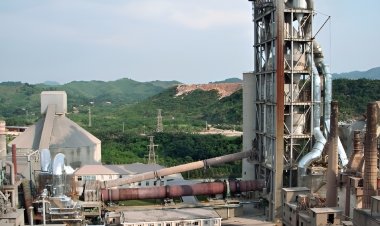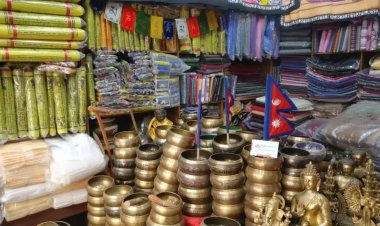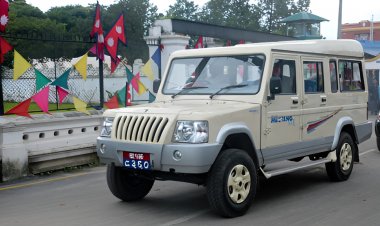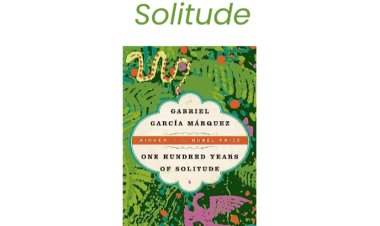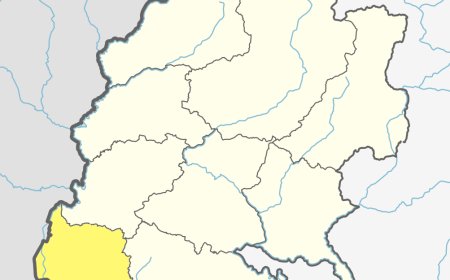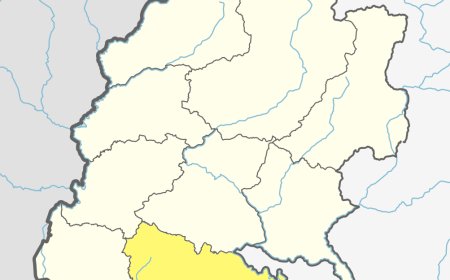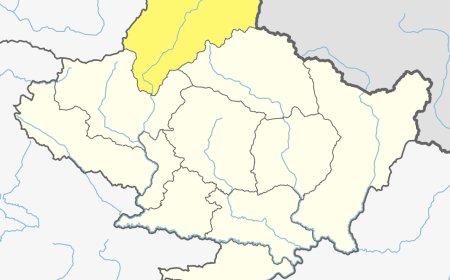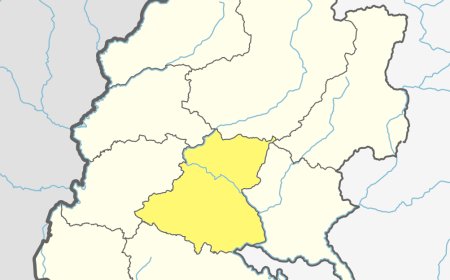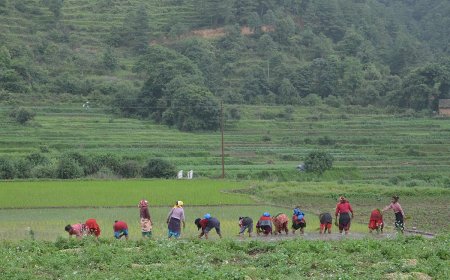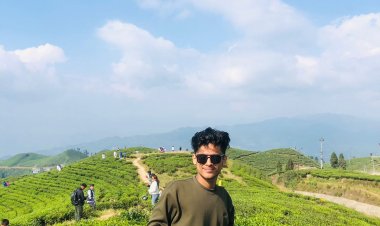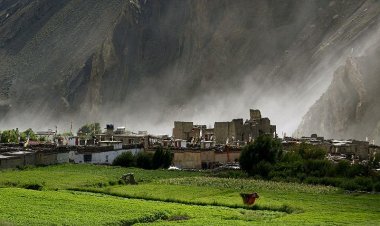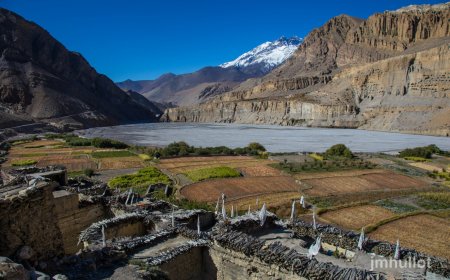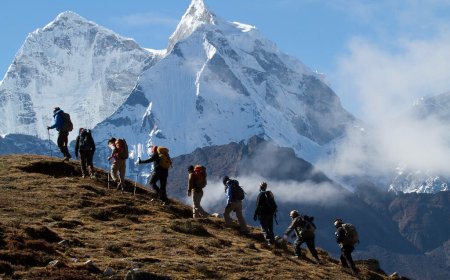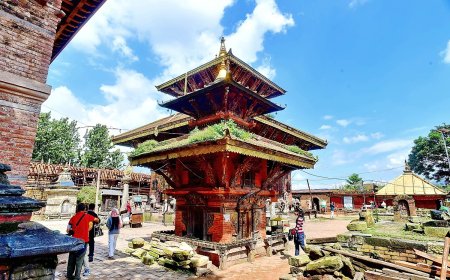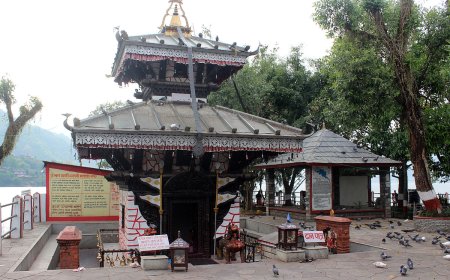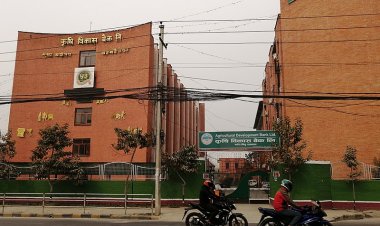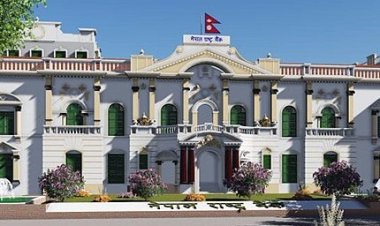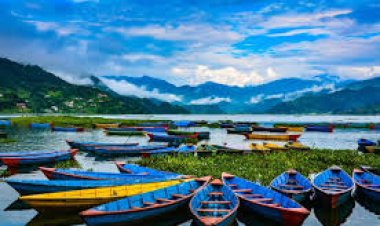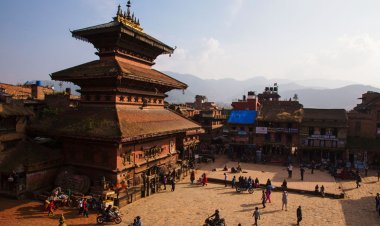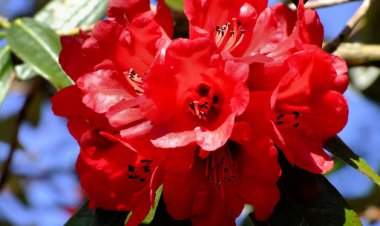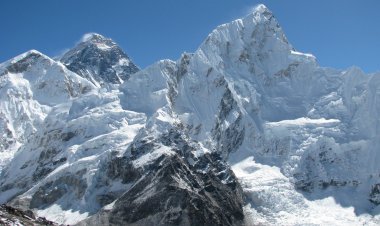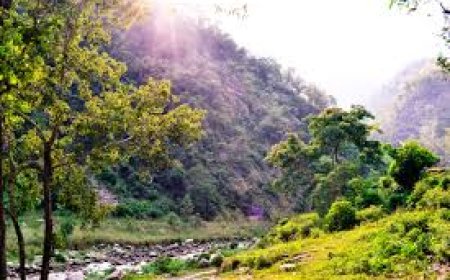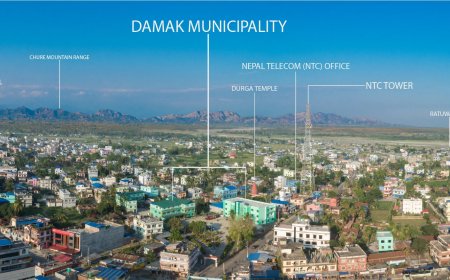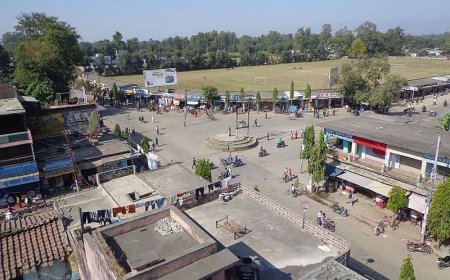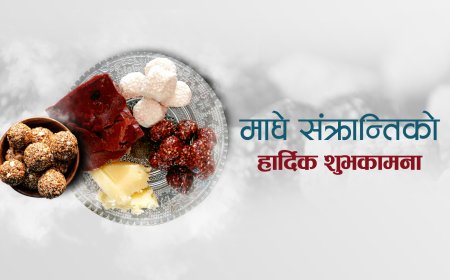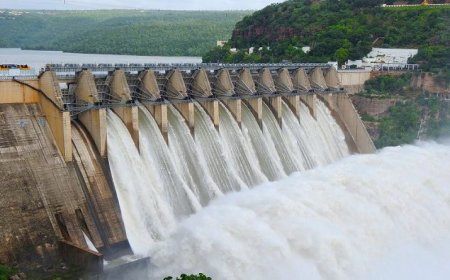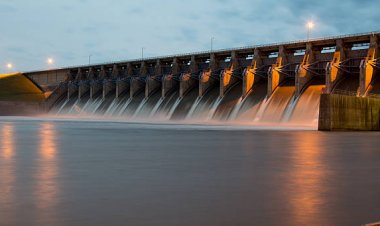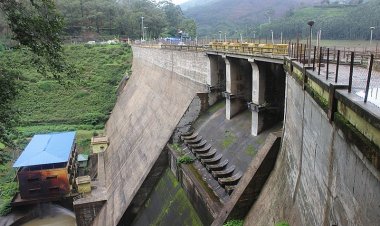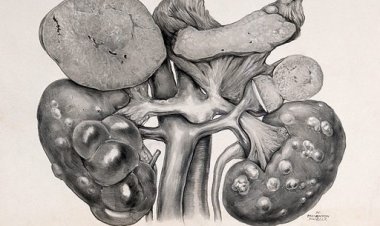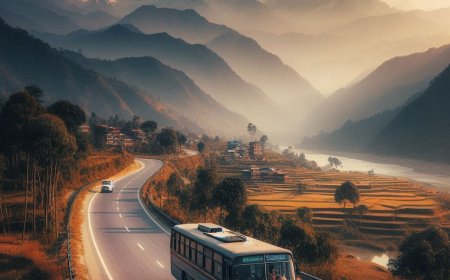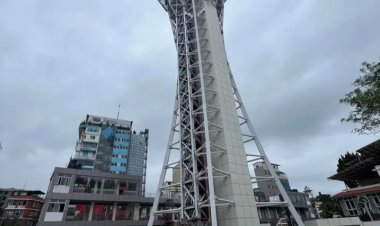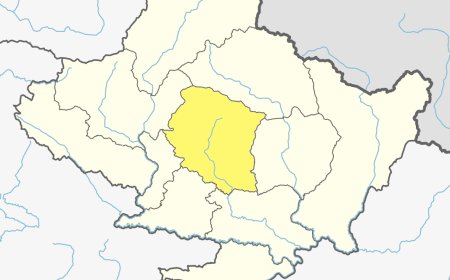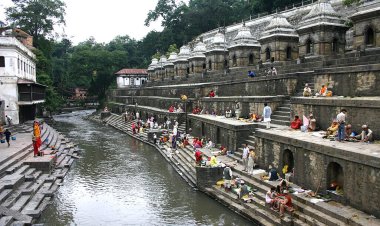Humla: Journey to the Hidden Valley of Nepal’s Northwest
Let’s explore Humla’s breathtaking landscapes, ancient Tibetan culture, and remote trekking trails, including the gateway to Mount Kailash.
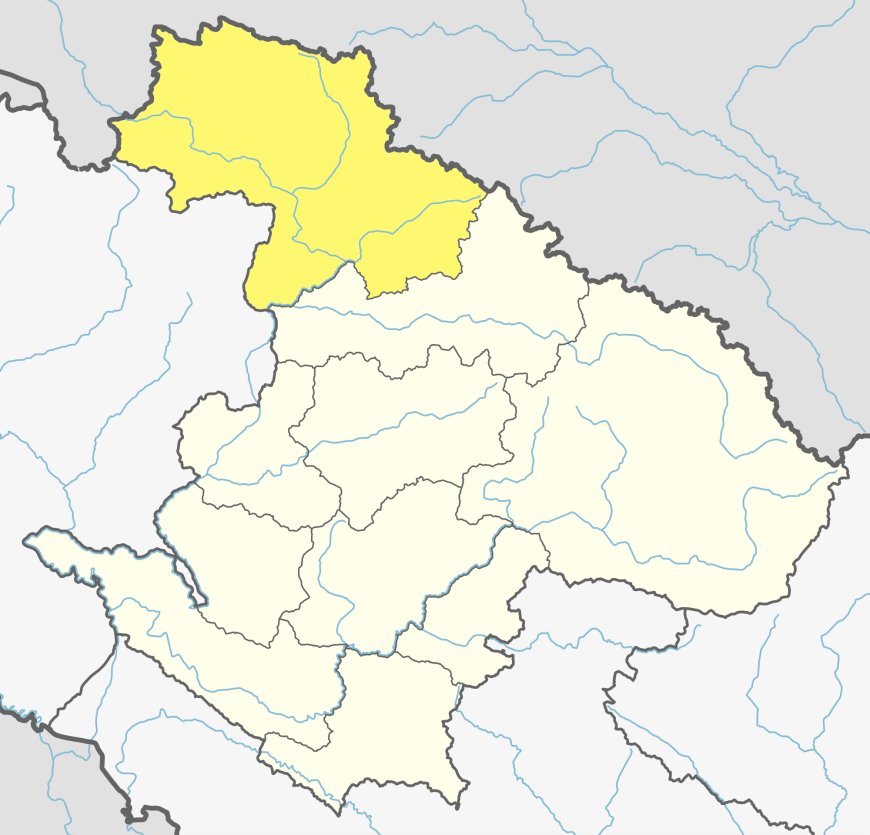
Introduction
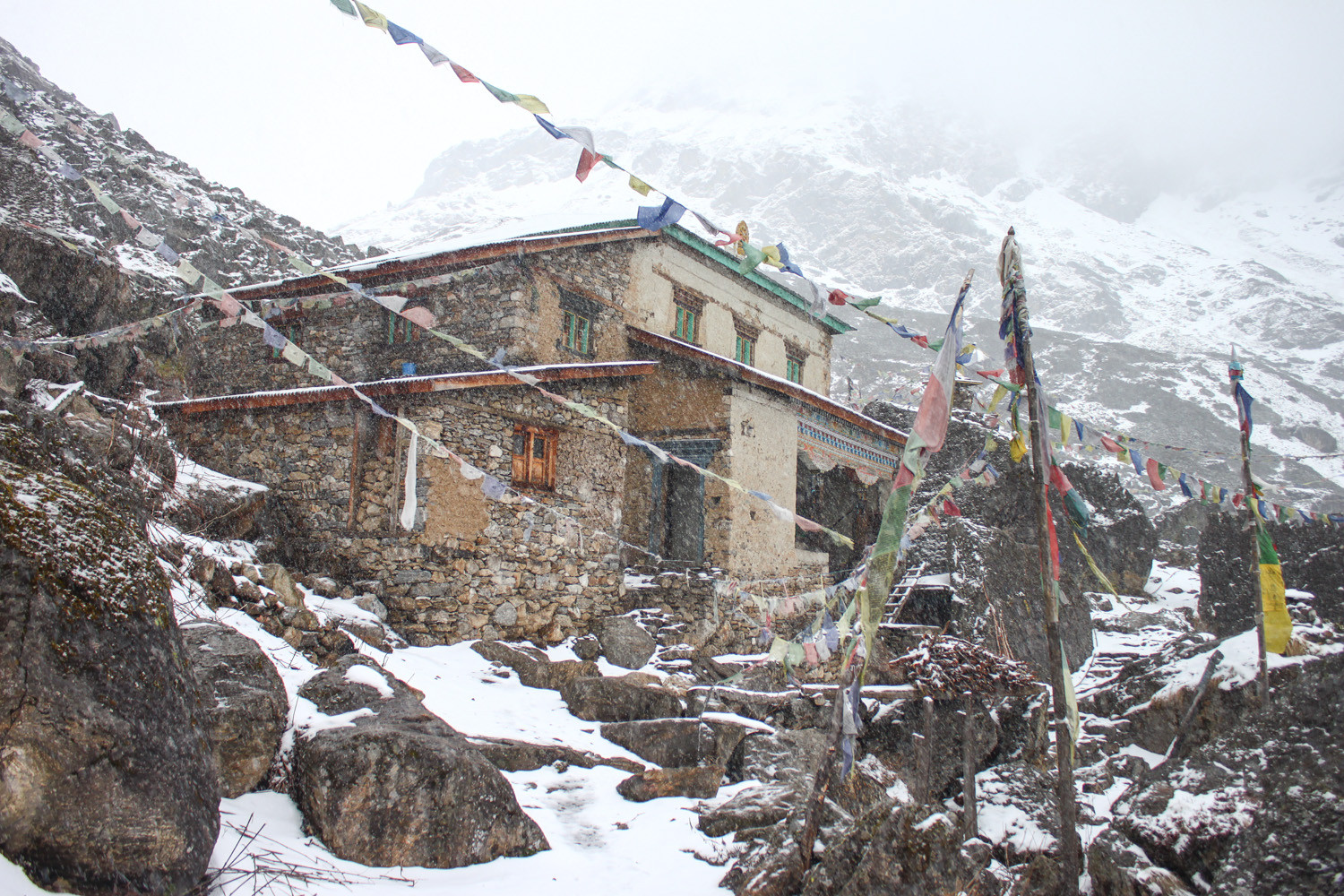
Humla is a beautiful district in the northwestern region of Nepal, renowned for its beautiful natural landscapes, cultural richness, and spiritual essence. Located within Karnali Province, this district serves as the gateway to the revered Mount Kailash and Lake Mansarovar, making it a significant destination for pilgrims and adventurers alike. Known for its rough terrains, ancient traditions, and breathtaking scenery, this remote district offers a unique blend of natural wonders and cultural treasures that captivate visitors. The district’s headquarters, Simikot, is a center for trekking lovers and cultural explorers seeking an authentic Himalayan experience. With its snow-clad peaks, sacred sites, and vibrant communities, this district is a hidden gem waiting to be discovered.
Geographical Overview
This district covers an area of 5,655 square kilometers and boasts a diverse topography, ranging from green valleys to towering Himalayan peaks. The district’s elevation varies dramatically from 1,524 meters to 7,756 meters, encompassing some of Nepal’s most awe-inspiring landscapes, including parts of the Api-Saipal mountain range.
The climate in this district ranges from subtropical in the lower valleys to alpine in the high-altitude regions, supporting a rich biodiversity. The Karnali River, Nepal’s longest river, originates in the region and plays a crucial role in the district’s ecosystem and livelihoods.
Table: Geographical Features
| Feature | Data |
| Total Area (sq. km) | 5,655 |
| Altitude Range (m) | 1,524–7,756 |
| Major River | Karnali |
| Climatic Conditions | Subtropical to Alpine |
Demographics
This district is home to a population of approximately 50,000 people, comprising various ethnic communities. The Khas and Thakuri communities form the majority, followed by Tibetan-origin Lamas and Dalits. Nepali is widely spoken, but local dialects such as Lama and Tibetan are prevalent, reflecting the district’s cultural diversity. Traditional festivals, rituals, and dances embody the rich heritage of this district’s residents, offering a glimpse into their deep-rooted traditions.
Table: Ethnic Composition
| Ethnic Group | Percentage (%) |
| Khas/Thakuri | 40% |
| Lama | 30% |
| Dalit | 20% |
| Other Groups | 10% |
Cultural and Historical Significance
This district is steeped in cultural and spiritual importance. The district hosts several ancient monasteries, such as the Raling Gompa, which is a vital center for Buddhist practice. Festivals like Lhosar, celebrated by the Tibetan community, and Maghe Sankranti, observed by the Khas community, highlight the district’s cultural diversity.
This district also holds spiritual significance due to its proximity to Mount Kailash and Lake Mansarovar, sacred to Hindus, Buddhists, and Jains. These sites attract thousands of pilgrims annually, adding to the district’s cultural prominence.
Table: Key Festivals
| Festival | Month | Significance |
| Lhosar | February | Tibetan New Year celebration |
| Maghe Sankranti | January | Khas festival marking the winter solstice |
| Buddha Jayanti | May | Celebration of Lord Buddha’s birth |
| Tihar | November | Festival of lights observed by all groups |
Major Attractions and Activities
The district’s rugged beauty and spiritual landmarks make it a must-visit destination. The district is a starting point for treks to Mount Kailash and Lake Mansarovar, offering unmatched spiritual and scenic experiences. Additionally, the Limi Valley is renowned for its pristine landscapes and traditional Tibetan villages.
Other notable attractions are the Raling Gompa monastery, the Karnali River for white-water rafting, and the Nyinba villages, where visitors can experience Humla’s unique culture and hospitality. The district’s remote trails and untouched nature make it a paradise for trekking, birdwatching, and cultural exploration.
Table: Major Attractions
| Attraction | Location | Highlight |
| Mount Kailash & Mansarovar | Northern Area | Sacred pilgrimage site for multiple faiths |
| Limi Valley | Northwestern Area | Traditional Tibetan villages and landscapes |
| Raling Gompa | Simikot Region | Historic Buddhist monastery |
| Karnali River | Central Area | White-water rafting and scenic beauty |
Economic Overview
Agriculture remains the primary source of this district’s economy, with barley, buckwheat, and potatoes being the primary crops. The district is also known for medicinal herbs, which are harvested and traded for income. Livestock farming, including yak and sheep herding, plays a significant role in sustaining livelihoods.
Tourism is an emerging sector in this district, driven by trekking routes and spiritual journeys to Mount Kailash and Lake Mansarovar. Traditional crafts such as wool weaving and wooden artifacts also contribute to the local economy while preserving cultural heritage.
Table: Economic Highlights
| Sector | Contribution |
| Agriculture | Barley, buckwheat, potatoes, herbs |
| Tourism | Trekking, pilgrimage to sacred sites |
| Traditional Crafts | Wool weaving, wooden artifacts |
Conclusion
Humla is a captivating district that offers a harmonious blend of natural beauty, cultural richness, and spiritual significance. Its majestic mountains, peaceful valleys, and warm communities make it an unparalleled destination for adventurers and pilgrims. From the sacred Mount Kailash to the tranquil Limi Valley, this district promises a transformative experience for all who visit. Whether you are drawn by its breathtaking landscapes, ancient traditions, or vibrant festivals, this district is a destination that will leave a lasting impression on your soul.
Frequently Asked Questions (FAQs)
1. Where is Humla located?
Humla is situated in the northwestern region of Nepal, within Karnali Province.
2. What is Humla best known for?
Humla is famous for its proximity to Mount Kailash and Lake Mansarovar, as well as its stunning trekking routes.
3. Which river flows through Humla?
The Karnali River flows through Humla, playing a vital role in the district’s ecosystem.
4. What is the dominant ethnic group in Humla?
The Khas/Thakuri community forms the largest ethnic group in the district.
5. What are the major crops grown in Humla?
Barley, buckwheat, and potatoes are the primary crops grown in Humla.
6. What is the best time to visit Humla?
The best seasons to visit Humla are spring (March to May) and autumn (September to November).
7. What cultural festival is celebrated by the Tibetan community in Humla?
The Tibetan community celebrates Lhosar, the Tibetan New Year.
8. What is the significance of Mount Kailash?
Mount Kailash is a sacred site revered by Hindus, Buddhists, and Jains.
9. What makes Limi Valley special?
The Limi Valley is renowned for its untouched beauty and traditional Tibetan culture.
What's Your Reaction?





























